We tested the Netgear Nighthawk X4s D7800 over 802.11n, 3×3 802.11ac and quad-stream 4×4 802.11ac, using a second router configured as a bridge.
As with other networking reviews, Macs were used for testing with the useful software WiFi Perf, based on the open-source iPerf software. We tested both client-to-server (c2s) and server-to-client (s2c) speeds for three minutes, at distance of 1 metre, 5 metres and 10 metres, with the devices in direct line of sight to the router.
For the 4×4 tests, one Mac was connected via Ethernet to the router with another connected via Ethernet to the second router, configured as a bridge.
We also updated the Netgear Nighthawk X4S D7800 to the latest firmware prior to testing.
802.11n Results
Some excellent results over 802.11n at short range, hitting over 160 Mbit/sec, and while speeds drop off a bit at long range, as expected, it's still very much usable. Which is particularly helpful for people with older smartphones or tablets.
3×3 802.11ac Results
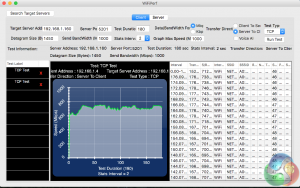
With the 3×3 802.11ac tests, we see some really good average speeds. As a general rule, anything over 600 Mbit/sec is good for 802.11ac, and averages over 700 are superb, so at short range, the Netgear Nighthawk X4S D7800 delivers the goods.
4×4 802.11ac Results
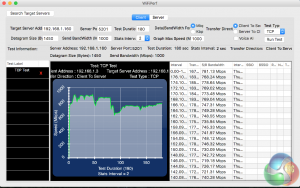
Just looking at the short-range results, you might not think these gains are impressive. In 4×4 mode the D7800 is only faster by a small margin, on average. Admittedly, we found that while it even hit a blistering high of 900 Mbit/sec close to the start, a result we rarely see from any wireless kit, it drops off sharply and averages out at a less impressive 780 Mbit/sec. This isn't particularly higher than the 3×3 results we recorded, making you wonder what the point would be of using 4×4.
The answer is in the long rage results, which are significantly improved over the 3×3 performance above. It leaps from 323 Mbit/sec to 577 Mbit/sec read, and from 402 Mbit/sec to 595 Mbit/sec. That's a great achievement.
USB Performance
We've seen better results from USB ports on modern routers. There's no reason 100MB/sec is not possible, maximising the speed of gigabit Ethernet, but these results are somewhat middling.
 KitGuru KitGuru.net – Tech News | Hardware News | Hardware Reviews | IOS | Mobile | Gaming | Graphics Cards
KitGuru KitGuru.net – Tech News | Hardware News | Hardware Reviews | IOS | Mobile | Gaming | Graphics Cards


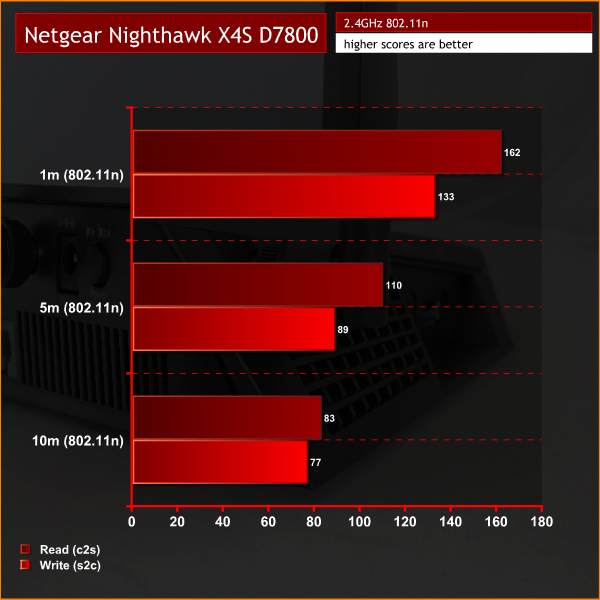
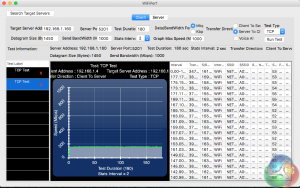
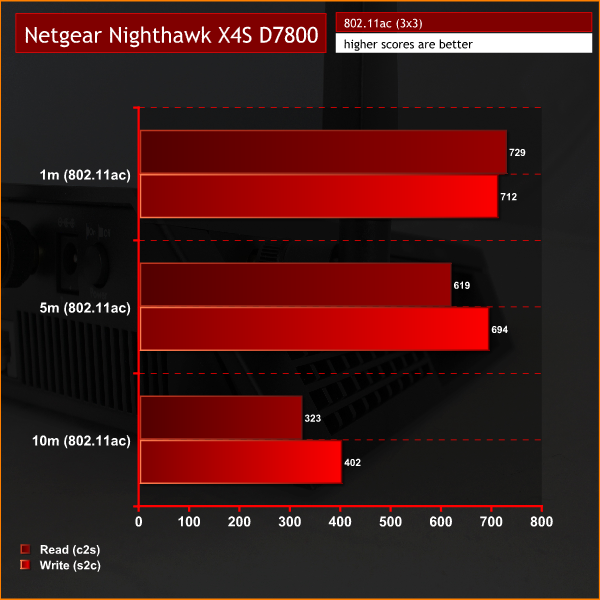
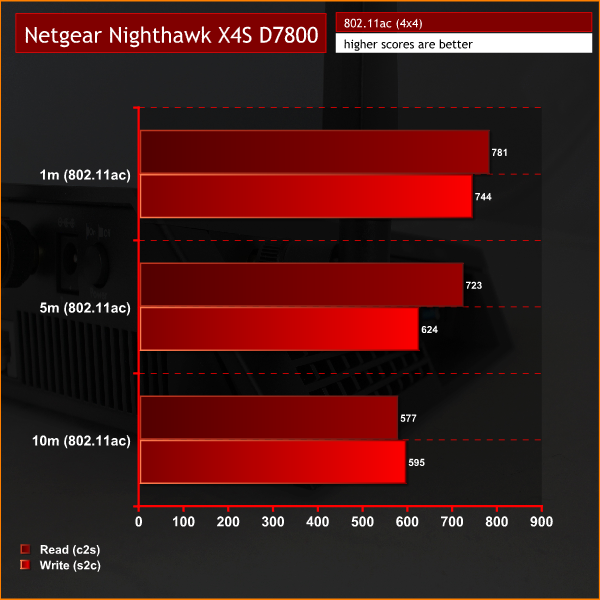
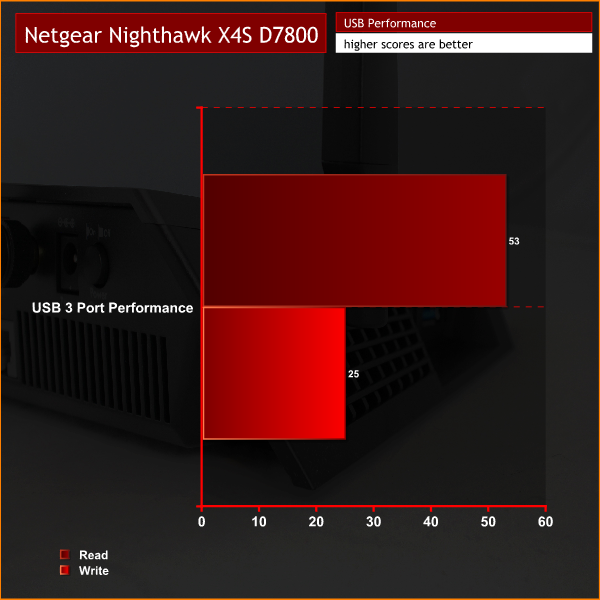
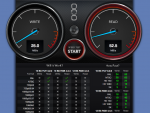

So when is this unit coming to the United States?